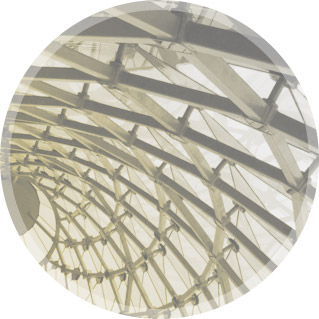University of Arizona
School of Architecture
Located in the unique Sonoran region, the School of Architecture prepares students to address complex social and environmental issues, locally and globally, through professional education, critical inquiry, research, and innovation.
https://capla.arizona.edu/academics/school-of-architecture
Setting
The University of Arizona is an urban campus located in Tucson, AZ, a border city in the southwestern US. UofA is a Research One university dedicated to new knowledge and advanced study. UofA is also a land grant, indigenous community and Hispanic Serving Institution with an emphasis on professional education and outreach and engagement.
School Philosophy
The School of Architecture addresses the grand challenges of our day. We believe that:
Architecture is a process and an outcome.
Architecture is for humans and all species.
Architecture is research and innovation.
Architecture is performance based.
Architecture is aesthetical and psychological.
Architecture is informed by local and global contexts.
Architecture is interdisciplinary and collaborative.

Programs
The B.Arch program has three stages: Foundations (1st year), CORE (2nd - 4th year) and Research & Innovation (5th year). B.Arch students address grand challenges in the CORE thematic studios focused on the realities of our contemporary condition of resource limitations and social / environmental inequities. Each studio in the CORE addresses a unique challenge theoretically and practically (i.e. adaptive reuse and material lifecycles, energy positive design, structural efficacy, housing equity, and building performance). The R&I year emphasizes a thematic area of study that combines electives and a Capstone experience based on the research foci of the faculty.
The M.Arch is focused on three areas: performance, collaboration and engagement. The M.Arch program offers two entry points. Students with non-architecture undergraduate degrees enter the full three-year (3+) program beginning with the summer program. Students with a Bachelor of Science or Bachelor of Art in Architectural Studies, studio centric degrees, typically enter the program with advanced standing and complete it in two years. Completion of this degree program satisfies the educational requirements to become a licensed professional architect.
The B.Arch and M.Arch degrees are based on five knowledge areas to ensure a well balanced professional education including Design, Building Technology, History & Theory, Professional Practice and Design Communications.
The M.S. Architecture degree is an 18-month advanced research degree in architecture. Students create their own study plan with faculty advisors culminating in a thesis project.
All three of the degrees in the school are STEM designated.

of Focus
1. Art & Design
2. Digital Fabrication & Technology
3. Materials and Construction
4. Building Technologies
5. Historic Preservation
6. Public Health
7. Community Design
8. History | Theory | Criticism

Opportunities

Facilities

Policies
Transfer Policies
Students may transfer from a community college or other higher education institution to the B.Arch, BA.DAP and ARCHE programs. The admissions committee will review the transcript and determine a recommended plan of study with the advising team.



